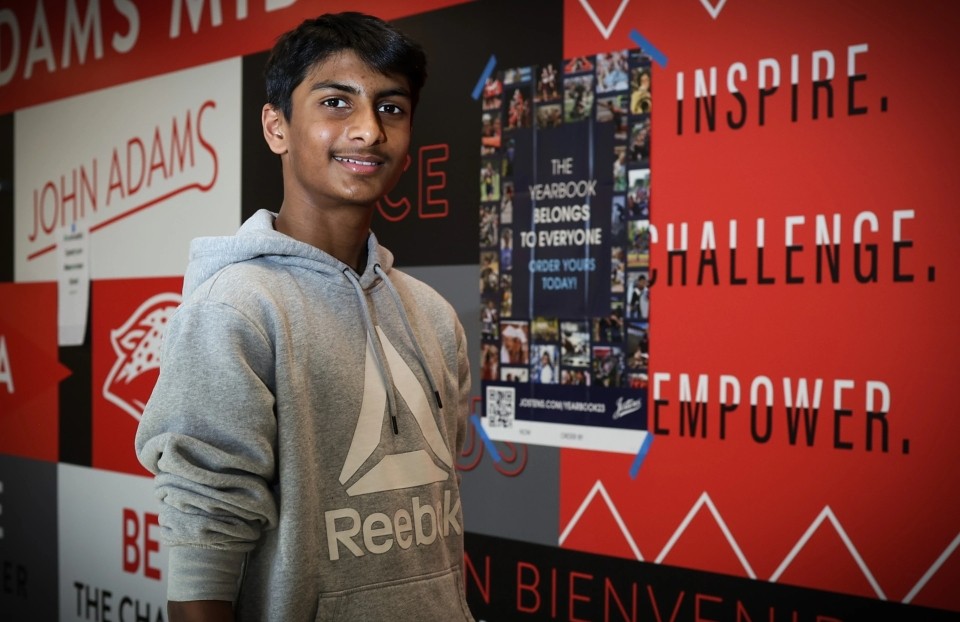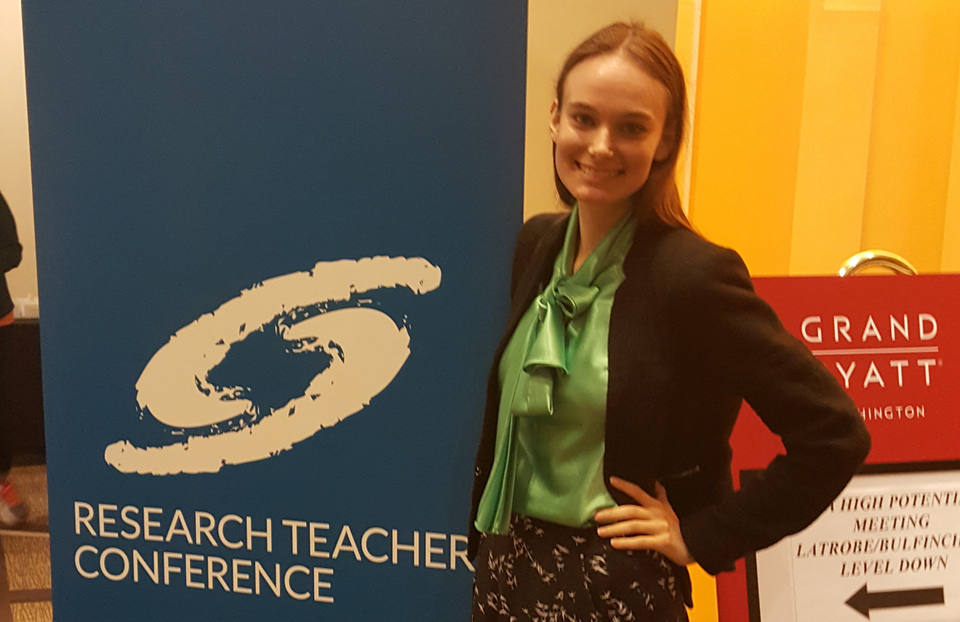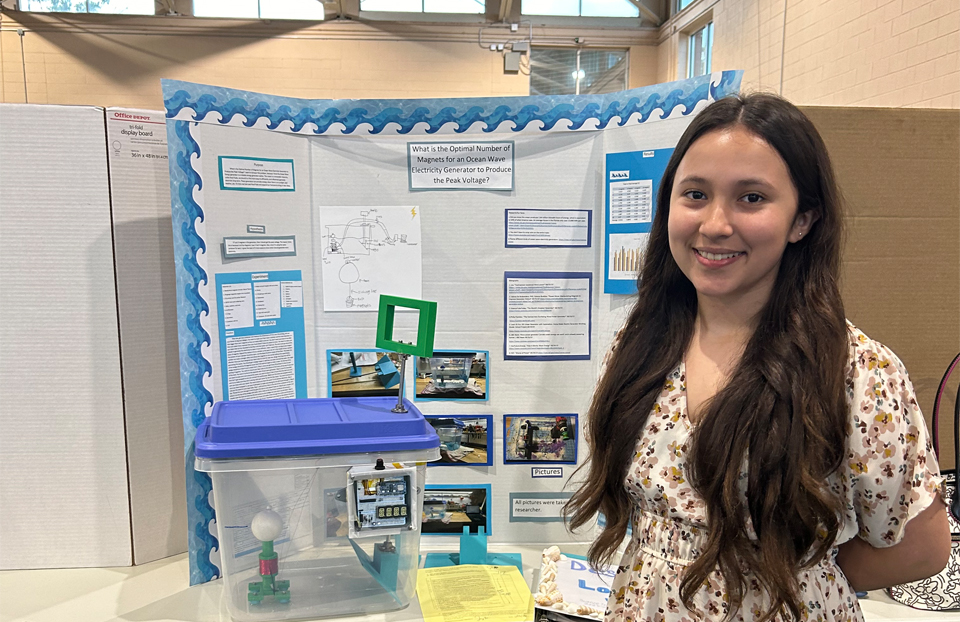Improving health outcomes with cloud computing

For the sixth year, The Lemelson Foundation is giving $100 awards to outstanding young inventors in Society Affiliate Fairs with middle school participants around the country. The prize was created to reward young inventors whose projects exemplify the ideals of inventive thinking by identifying challenges in their communities and creating solutions that will improve lives.
Samuel Kaspar’s interest in radiology began when his sister was diagnosed with pneumonia. In addition to discovering the dangers of pneumonia, which claims the lives of over 2 million patients worldwide each year according to the Institute for Health Metrics and Evaluation, he learned that the field of radiology faces challenges including slow image retrieval, costly on-premise hardware, technician shortages, inaccurate results and time-intensive diagnostics.
An eighth grader at John Adams Middle School in Rochester, Minnesota, Samuel was determined to learn more and contribute to new solutions. As he was already learning about Amazon Web Services (AWS) and its offerings, Samuel was eager to explore cloud technology as a means to improve the field of radiology. So he set to work on his project, developing what he would eventually call his “Machine Learning Model to Detect Pneumonia.”
Samuel’s project centered on a simple but powerful idea: what if radiology could be made more cost-effective and accessible using cloud storage and machine learning? He began developing a system that could store medical images more efficiently, while also helping to detect diseases like pneumonia faster, and improve patients’ understanding of their health using AI-powered chatbots. Samuel wanted to create a solution that could be used by healthcare providers and patients alike to streamline workflows, improve diagnostics and reduce costs.
To begin, Samuel focused on creating a cloud-based system for storing medical images, which he projected to be more affordable than traditional on-site storage. This cloud solution could also facilitate faster and more efficient retrieval of medical images, helping to address a key pain point for medical practitioners and patients, while still encrypting sensitive data to protect patient privacy.
Next, Samuel trained a machine learning model to detect conditions such as his sister’s pneumonia from chest x-rays. By using no-code tools to build the model, he was able to accelerate the development process and work toward a final product he believes will be more accessible to those without extensive coding experience.
Samuel also developed an AI-powered chat application to help patients better understand their diagnoses, giving them a clearer picture of their current health status and empowering them to make better-informed decisions. To use the application, patients simply type their questions into a computer while a generative AI program provides information about their pneumonia or, potentially in the future, other ailments they might face. In testing the chat application, he also found that his model (trained with tailored medical content) provided more accurate responses than general purpose AI models.
Creating such an ambitious and complex solution to a set of real-world challenges was not always easy, but Samuel persevered. “One of the hardest parts of this project was integrating the different services together,” said Samuel. “It took a lot of troubleshooting, learning and looking at examples along the way. But once I got the gist of how the services connected, they seemed to get along much more effortlessly.”
For his work, Samuel was awarded a Lemelson Early Inventor Prize at the Minnesota Academy of Science State Science & Engineering Fair. On receiving the award, Samuel said, “This award has given me extra motivation and hope. This also inspires me to dive deeper into cloud technologies and apply them to healthcare needs. Hopefully, this will lead to making a change in my community!”


